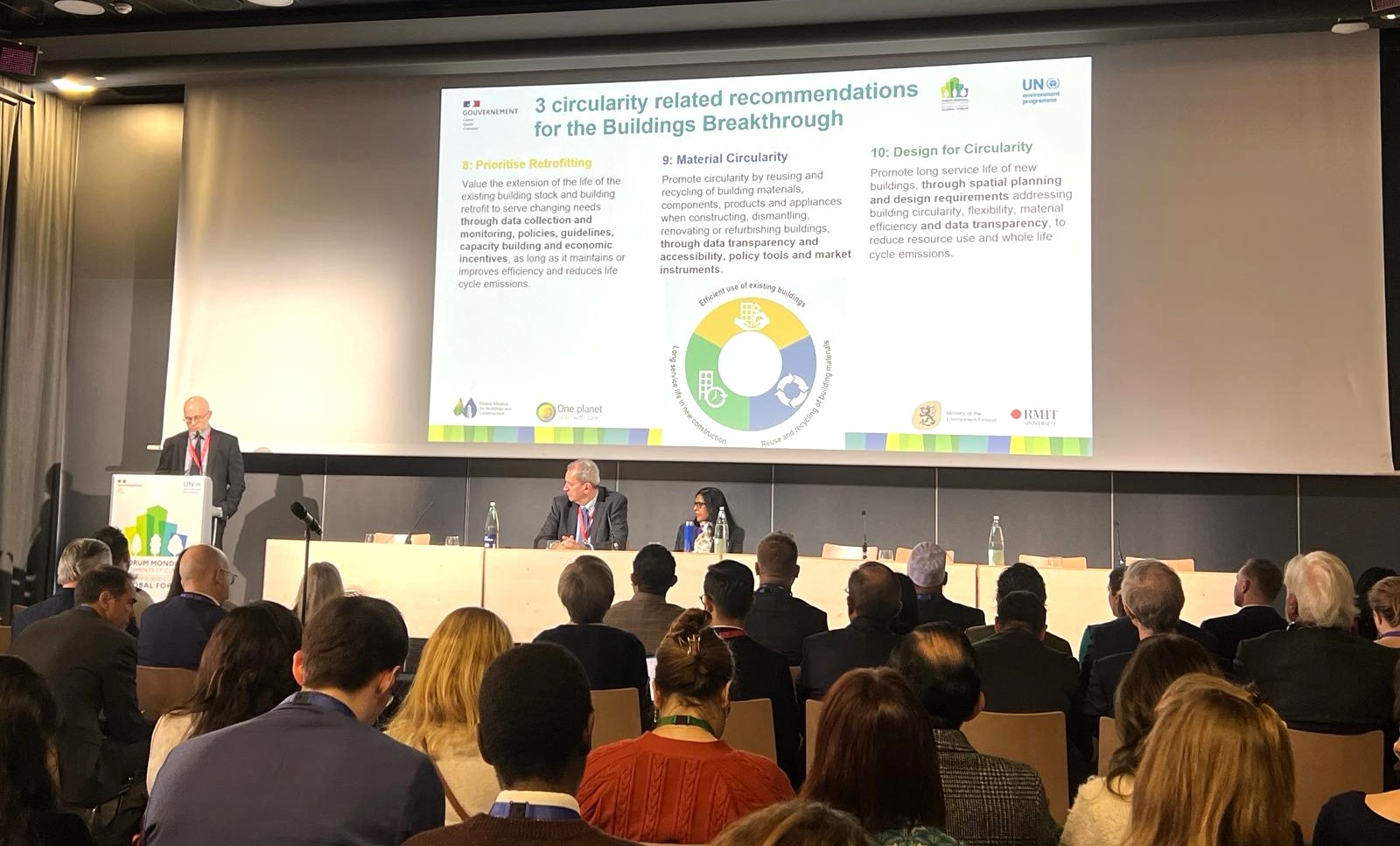Tourism Tracer
Tourism Tracer is an application that answers these fundamental questions about tourists’ travel behaviour by using GPS technology and computer programming to track tourist movement and gather detailed demographic data. Created in 2016 by the University of Tasmania, Tourism Tracer is one of the most innovative and extensive research conducted on tourist travel as it offers unprecedented insights into where groups of visitors go, how they move around, and what influences their decisions.
Tourism Tracer can show how travel patterns differ according to age, home country, length of stay, reason for travel, and previous travel behaviour. It provides highly detailed visitor information at tourist attractions, shows precise itineraries, travel speed, and how tourism infrastructure is used. The data gathered offers significant value for the Tasmanian government and the wider global tourism community by assisting in visitor planning and management of tourism flows. The data can likewise test the success of marketing campaigns and assist decisionmakers with information on the use of existing tourism infrastructure. Tourism Tracer’s success lies in integrated GPS and survey data and tourism sector engagement. From its inception, when funding was provided by Sense-T in Tasmania, experts from the tourism sector and government were consulted to ensure the research produced outcomes relevant for end users. In 2017, Tourism Tracer received funding from Tasmania’s state government and tourism industry to continue its data collection. The Tourism Tracer research team strategically recruits tourists at three major entry points to Tasmania: Hobart Airport, Launceston Airports, and the Spirit of Tasmania ferry. Initially, tourists were offered incentives of 3GB data on a bespoke mobile handset with a purpose-built app that recorded their sociodemographic status, cultural background, and knowledge of Tasmania. The app relayed GPS location information for their movement over their entire holiday. It also contained popup surveys to capture participants’ real time, personal insights into selected locations. Upon completing the journey, participants were sent a map of their route through Tasmania. In the second research phase, a stand-alone app with the same features was placed on the Google Play and App stores for tourists to access on their mobile phones. The widely successful app is currently advertised in strategic locations throughout the state. Tourism Tracer has tracked approximately 1000 visitors' complete trips to Tasmania using a custom made app which tracks and delivers surveys to participants. The data is then visualized on the Tourism Tracer Dashboard. Tourism Tracer has consulted with the tourism industry and government throughout the length of the project, attempting to make it as industry-relevant as possible. So far, special analysis of the data has been used to inform destination management plans and road safety policy research. The Tourism Tracer Tasmania project won a merit certificate at the national iAwards in 2016, the peak ICT awards in Australia. Tourism Tracer is also enthusiastic about partnering with other jurisdictions outside of Tasmania and is currently working with Tourism Skane, tracking tourist movement on the Sydostleden trail network in southern Sweden.
Image


